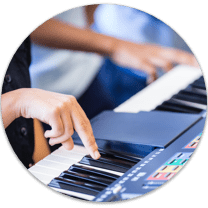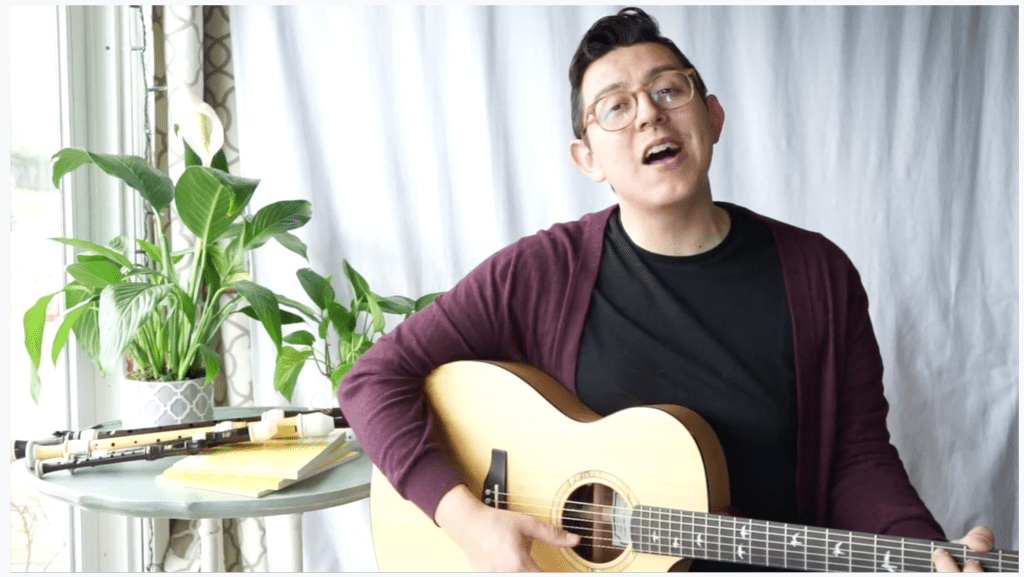5 Things You Can Do – Music Educator Edition
During this time, advocacy is more important than ever. Read our top five ways you can best advocate for your school’s music program and prepare when schools reopen.
1. Select the best online learning platform for you and your students.
Keep it simple! Your students will be excited by accessible lessons that you enjoy and will help them engage.
YOUR GO-TO
Visit our Music Education Resources page for more ideas.
ADVOCACY TIP
Document your lessons and how students are engaging with your program to share with administrators and decision makers. Even better, invite administrators, district board members, and any other key leaders to join one of your live lessons!
COMMUNITY TIP
Are there local arts organizations or fellow teacher that can enhance your distance learning experience for students? Get connected!
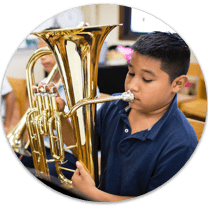
2. Share the impact of music education on social media and/or in school communications.
Advocate for your music program by posting classroom accomplishments, how music has impacted your students, and educational news on social media. Please follow your district’s guidelines for sharing photos and videos of students.
MESSAGING
Advocacy messages should be simple, straight-forward and tug at the heartstrings.
HASHTAG IT
Use a unique #hashtag for your district’s music program on social media. Collaborate with fellow music teachers to make the most impact by sharing stories using the same hashtag.
Use #MusicSaves to join Save The Music’s impact initiative!
GET FAMILIES INVOLVED
Have students share their work on their own social media platforms and encourage parents to share their children’s work as well. Ask students and parents to write notes about how music education has impacted their lives and send those to district leaders and community decision makers.
LEARN MORE
Check out Save The Music’s How to Be a Social Butterfly: Best Practices on Content for Music Educators
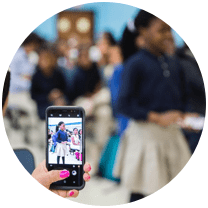
3. Your students need you for more than music education.
Music education helps students with their overall well-being, letting them express themselves healthfully and positively. Create a safe space for your students to connect and take time to check in with them.
GOOD NEWS
Music is perfectly positioned to teach and guide students through social emotional learning as well as trauma-informed care. Arm yourself with this knowledge and know your music classroom is a place where students can recover.
LEARN MORE
For more information and resources regarding SEL, visit the National Association for Music Education
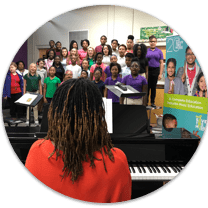
4. Join your district’s team in planning how schools will reopen and operate next school year.
Remember music is part of a well-rounded education mandated by the Every Student Succeeds Act. Make sure music class continues for students whether through distance learning or in person.
ADVOCACY TIP
Tell the story of the value you bring to the school through music education.
Music Matters by Arts Education Partnership, CMA Foundation, & NAMM Foundation
LEARN MORE
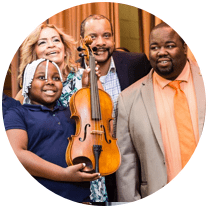
5. Familiarize yourself with federal, state, and local education funding.
Engage in policies related to music education, Title IV-A funding, and COVID-19 congressional bills that will affect your school district. Cultivate relationships with your government policymakers and school decision makers.
FROM NAMM FOUNDATION
“Urge Congress to advance needed relief for education funding for states so educational opportunity in all well-rounded subjects including music and arts education as defined by ESSA can reach every child.”
“Urge music education stakeholders to meet with local education leaders and elected officials to assure that planning for school re-opening includes music and arts education – the heart and soul of student learning.”
LEARN MORE
